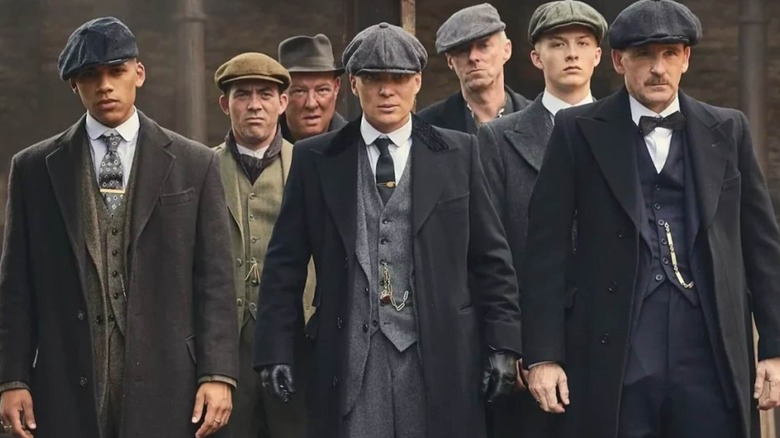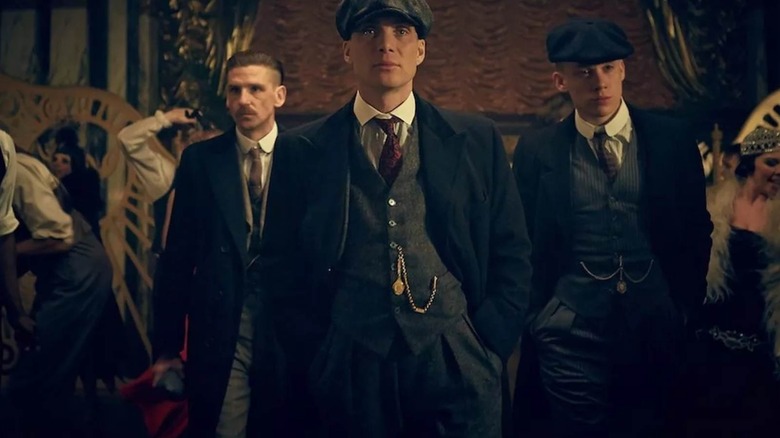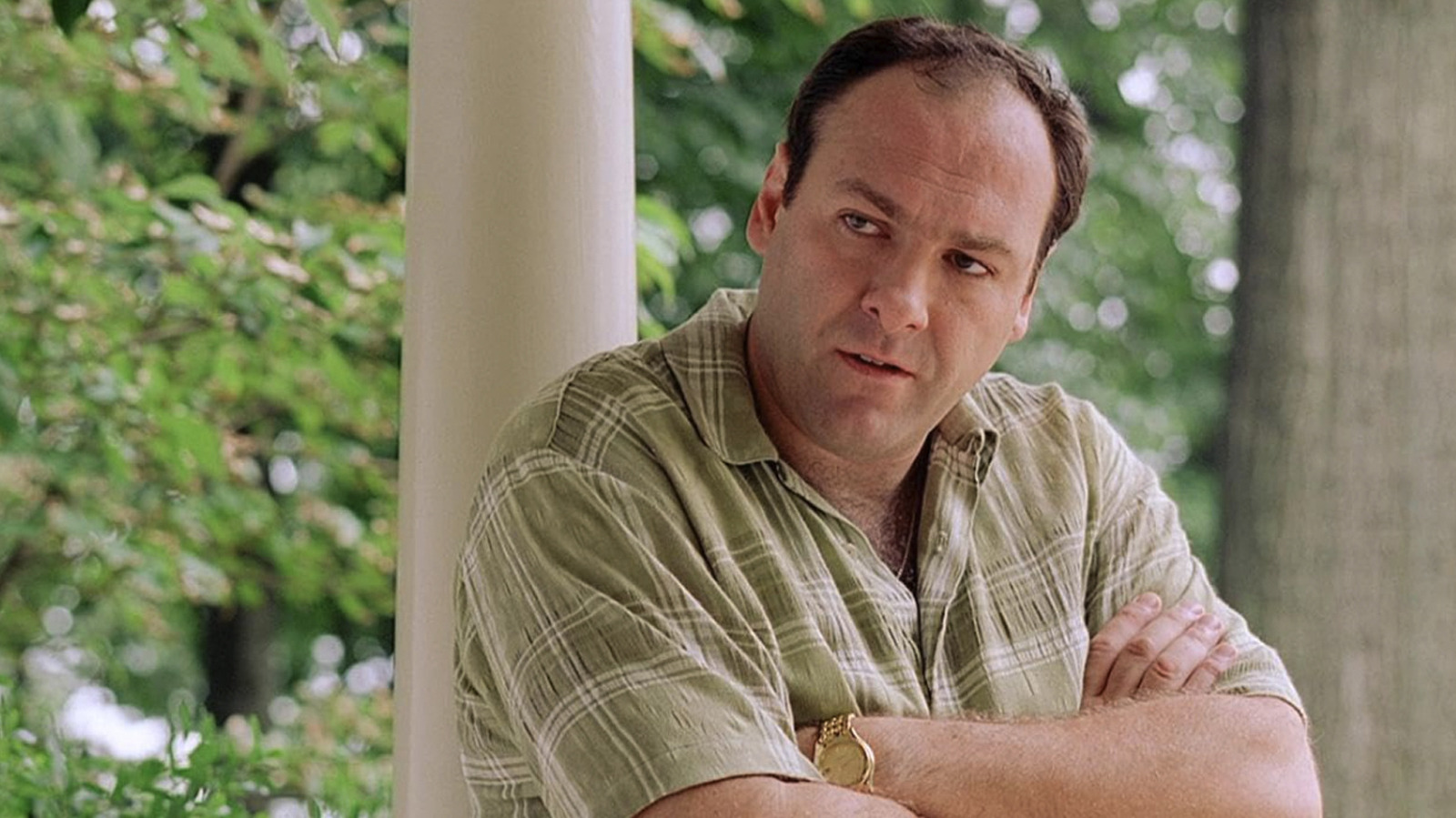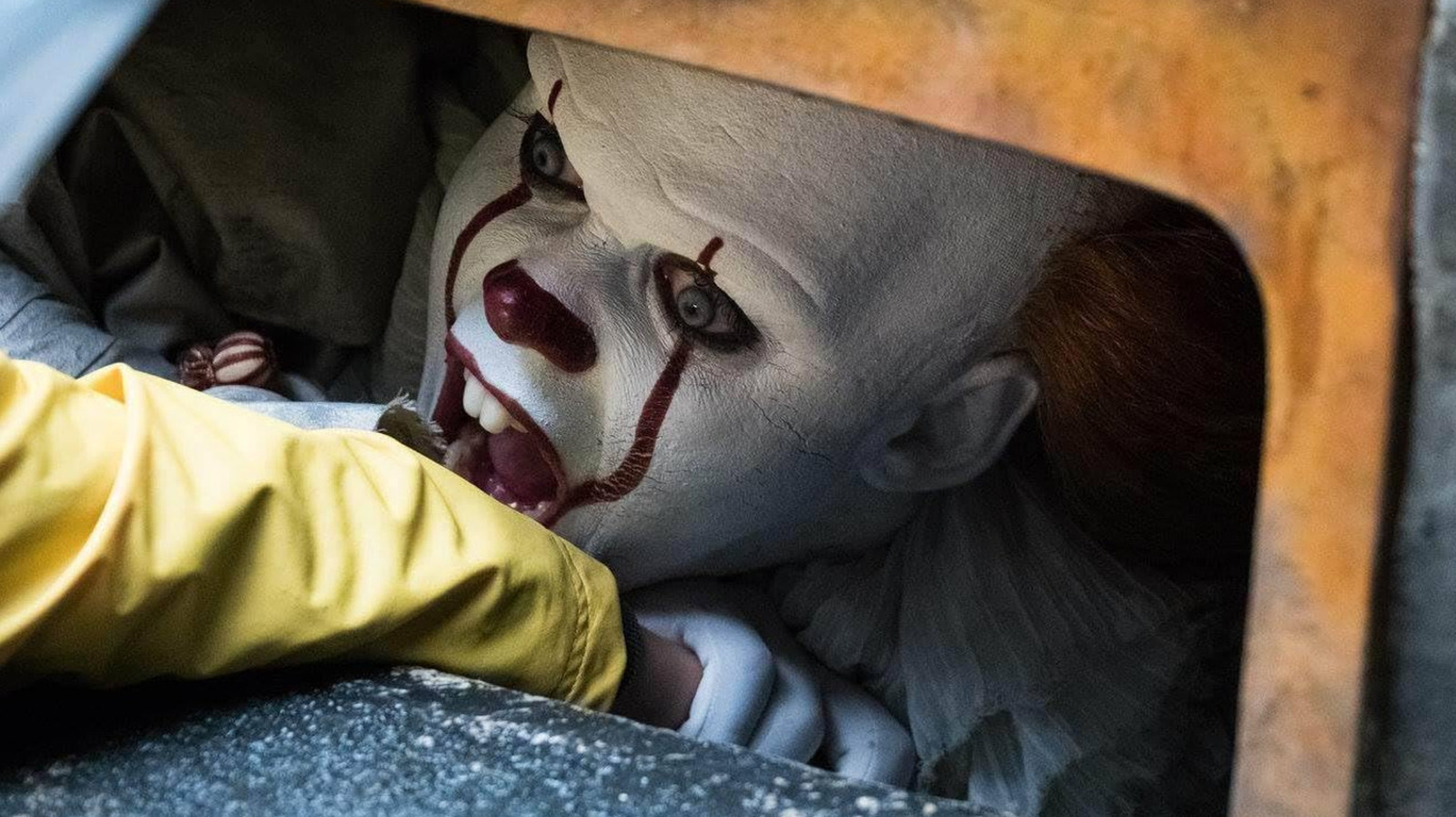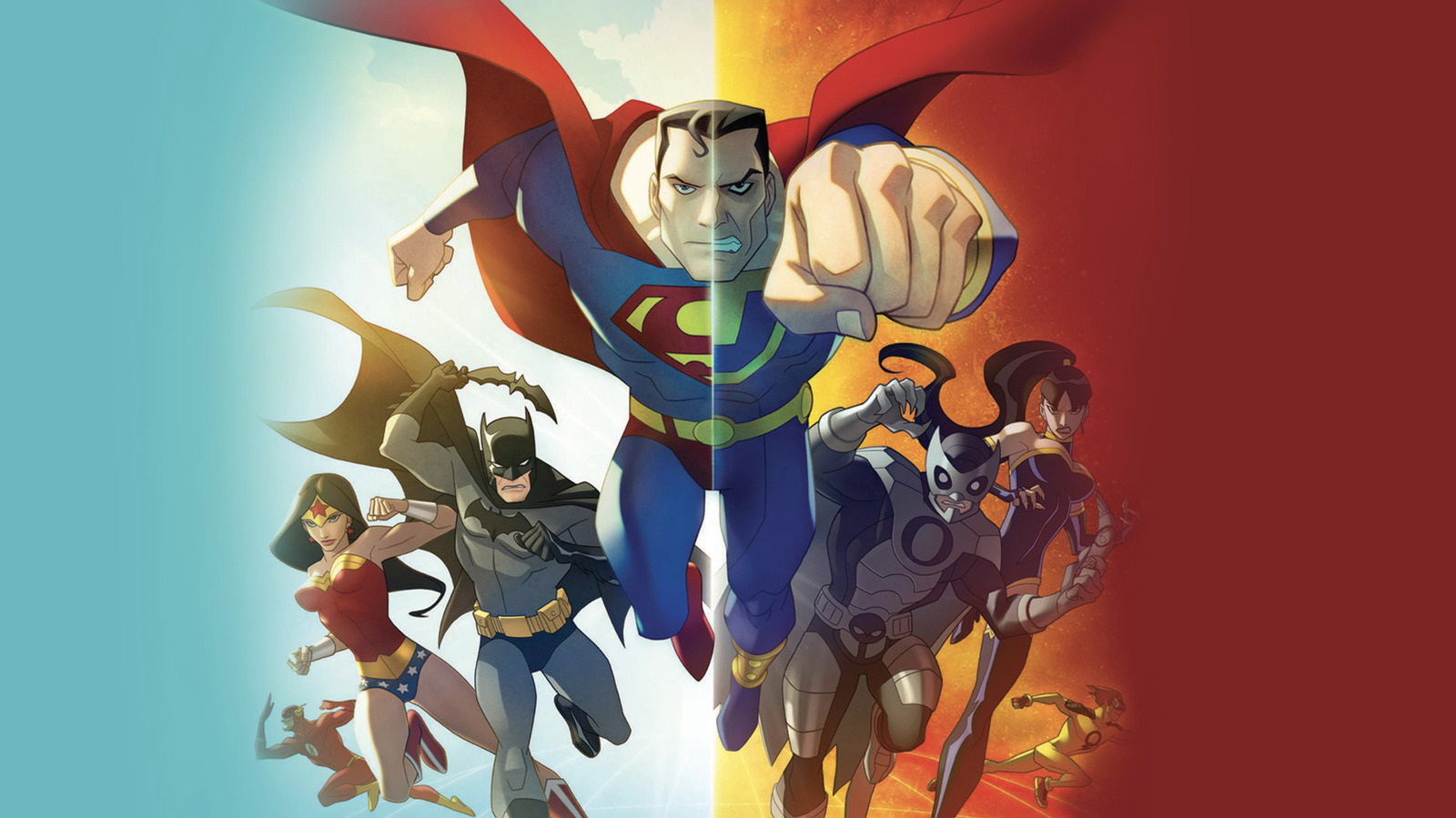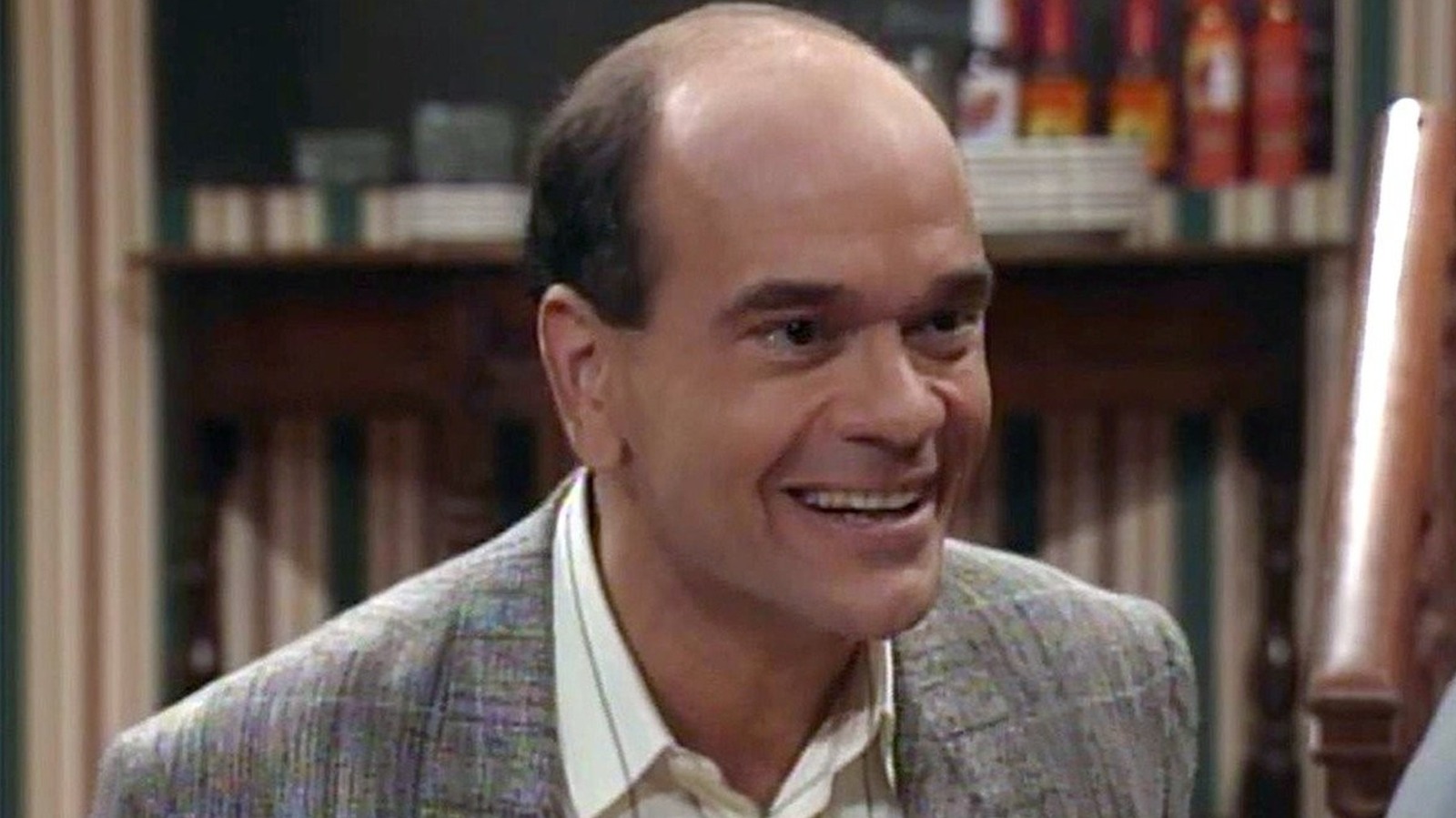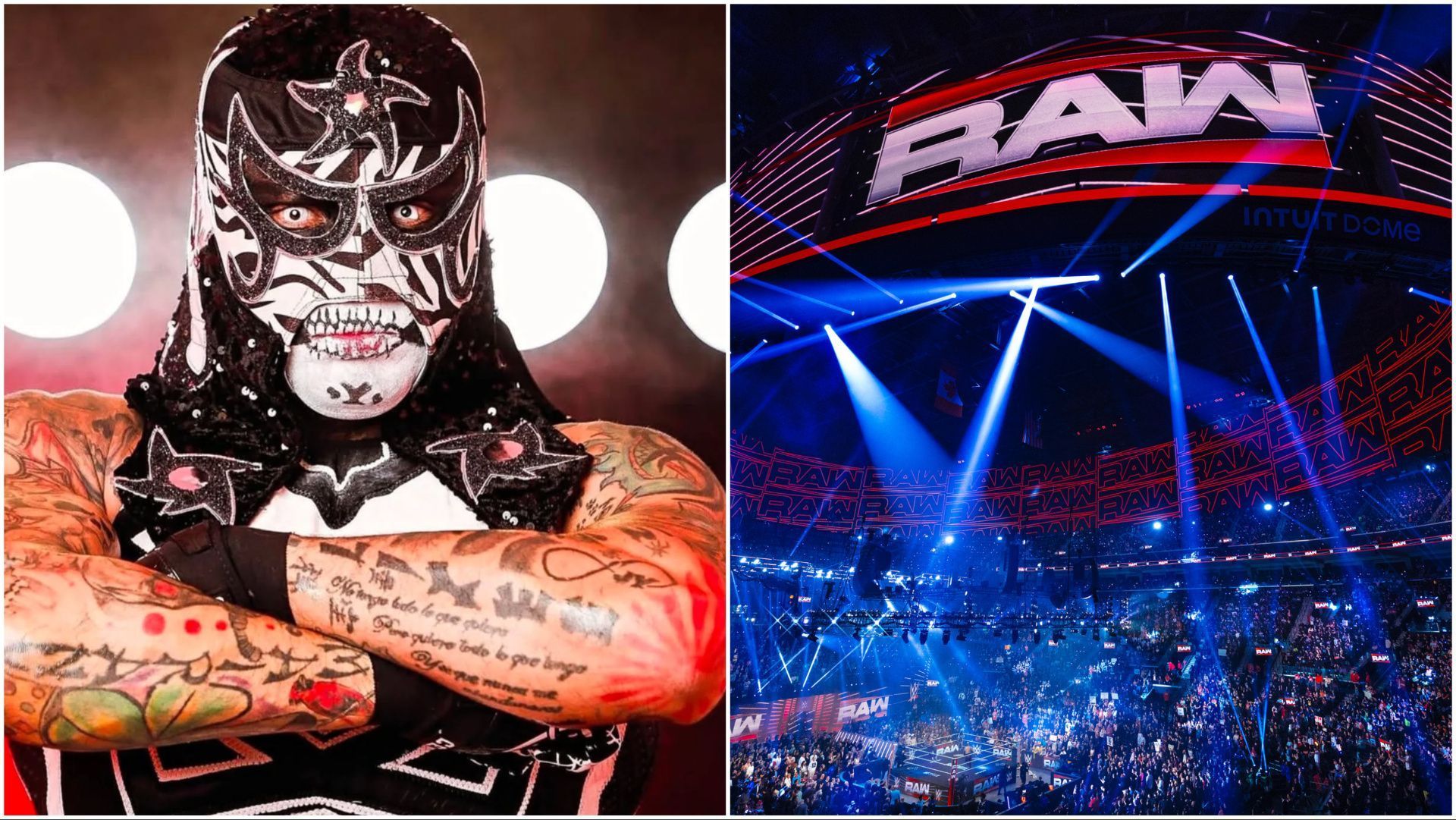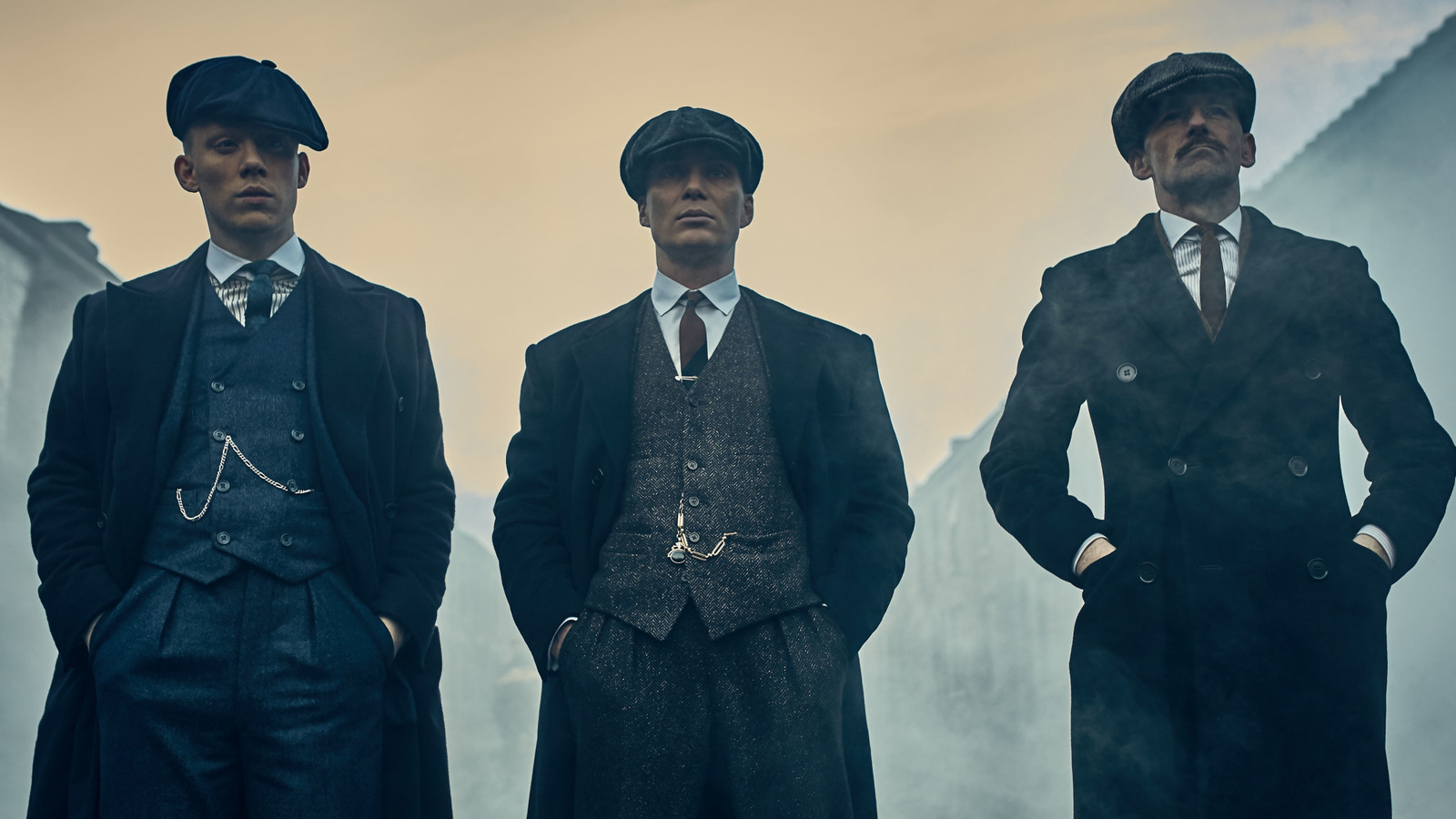
The T-Birds. The Pink Ladies. The Warriors. The Teletubbies. Throughout history, film and television have homed an array of intimidating gangs, but perhaps the most recent to have caught the world’s attention are the Peaky Blinders. Led by Cillian Murphy in Steven Knight’s award-winning period drama (which broke the television production mold), the show is inspired by a real gang in the early 20th Century (although Knight approached the series like an old-school Western). The drama stars Murphy as Thomas Shelby, a devoted family man and feared head of the titular gang who, for six seasons and nine years, has dodged the law and the lawless in equal measure, dancing with death on more than one occasion along the way.
“Peaky Blinders” has already attracted talent like Sam Neill, Adrien Brody, and Tom Hardy over the course of its almost decade-long run, with Oscar-nominee Barry Keoghan now set to join the fray in Netflix’s feature-length “Peaky Blinders” movie, which is expected to round out Thomas’ story as he finally heads off into the bleak midwinter of his life But why does the term “Peaky Blinders” strike fear in the hearts of the locals and neighboring gangs of Birmingham? What’s the origin of their name, and are there any common misconceptions about how the Shelby clan got it? Well, in the words of Thomas himself, no fighting! Let us break it down for you instead.
History proves the Peaky Blinders don’t get their name from razors in hats
The term “Peaky Blinders” regained notoriety when the BBC show of the same name premiered in 2013, but even before then the common assumption was that “Peaky Blinders” spawned from a violent act that the real-life version of the gang’s members regularly performed on their enemies. On the “Peaky Blinders” series, Shelby and his crew stitch razor blades into the peaks of their flat caps and use them to slash and cut their opposition, often across the face and eyes to the point of blinding them. That would seem to more or less settle the matter, too, at least until you take a closer look at the timeline of the actual Peaky Blinders’ existence in relation to a crucial event in history: the invention of the razor blade.
In the real world, the Peaky Blinders formed in the late 1880s and, much like Shelby and his cohorts on the TV show, wore flat caps that became synonymous with the gang itself. Replaceable razor blades, however, wasn’t manufactured in Britain until 1908, a mere two years before the end of the Peaky Blinders’ reign and the point when they began to lose control of their territory to a rival gang known as the Birmingham Boys. Hats off (no pun intended) to whoever thought up the cool origin story, but it just isn’t correct, unfortunately. Instead, the more sensible and simple answer is that it’s all to do with the Peaky Blinders’ wardrobe and perhaps even how it was worn by them.
Peaky Blinders got their name because of their impressive wardrobe
Given that the real Peaky Blinders rolled around some 28 years too early for their name to have anything to do with razor blades, what’s the truth behind the gang’s now legendary moniker? Well, it’s pretty simple really. The Peaky Blinders are simply named after their flat caps and hats. The hats worn by the gang did indeed come with peaks, which would explain the “peaky” part of their name. “Blinder,” on the other hand, had more to do with the local dialect and how the gang was perceived.
In Birmingham, the term “blinder” is associated with looking dapper, and that’s something the gang always strove for as they walked down the street, often tilting their caps at an angle so that only one eye was visible and the other was “blinded.” Also, “blinder” is frequently used to describe someone as being lucky with something they’ve done or gotten away with (“he’s pulled a blinder”). With regards to the more violent overtones of the name, the link between razor blades and the Peaky Blinders first appeared in a 1977 novel written by John Douglas titled “A Walk Down Summer Lane,” and most likely slipped into becoming an urban legend associated with the gang.
Ultimately, the origin of the name isn’t important. When it comes to the beloved show, the clothes don’t make the man, but being able to walk to the edge of town and across the track in slow-motion sure does make you look cool.

